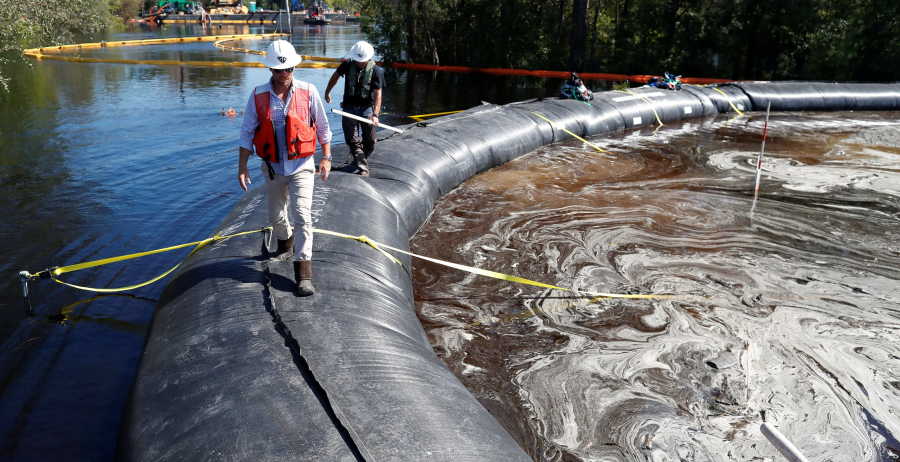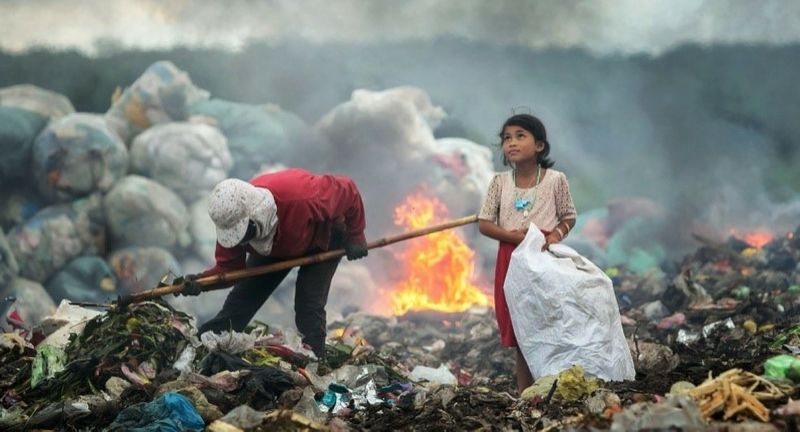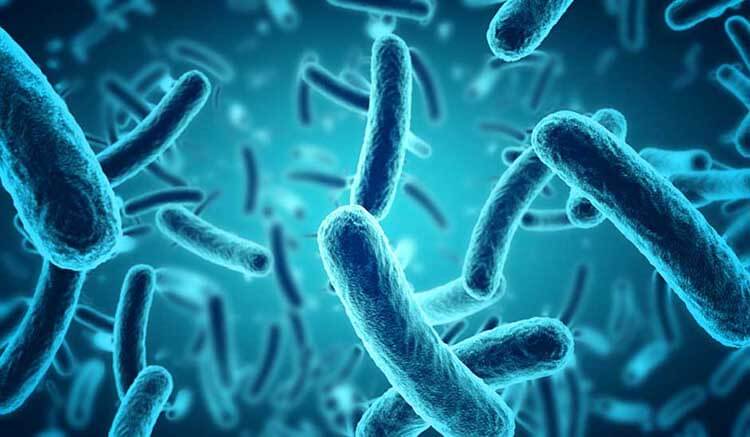Be more ecological when insulating

Insulation innovation, boosting sustainability for a greener future
Insulation can play an important role in promoting sustainability in california, enhancing energy efficiency and reducing the carbon footprint of many buildings. High-quality insulation will minimize heat loss in winter and keep interiors cool in summer, significantly lowering the need for heating and cooling systems.
This leads to reduced energy consumption, resulting in lower utility bills and decreased greenhouse gas emissions, as well as lowering pollution. By optimizing thermal performance in such a way, installing modern ecological insulation will help maintain a consistent indoor climate, contributing to the overall comfort and well-being of occupants.
Many modern insulation materials are made from recycled or renewable resources, further lessening their environmental impact. For instance, cellulose insulation is often produced from recycled paper, while wool and cotton insulations are derived from natural fibers. These eco-friendly options not only provide excellent thermal resistance but also support waste reduction and sustainable resource use.
Effective insulation also enhances the longevity of buildings by protecting structural components from extreme temperature fluctuations and moisture-related damage. This durability reduces the need for frequent repairs and replacements, conserving resources and minimizing waste. Overall, insulation is a key element in sustainable building practices, driving energy efficiency, and environmental stewardship.
Ecological kelp insulation
Kelp grows at depths of three to 40 meters in the Mediterranean and Baltic Seas. In shallow water, these dead plant fibers form boot-shaped structures, called Neptune balls or sea balls, which wash up on beaches due to wave movements and the tide. This natural raw material is very precious and deserves to be protected; Sea grass is indeed a highly endangered species. With a high silicate content (silicic acid) which, combined with the sea salt integrated into it, kelp has the following characteristics:
- hardly rot-proof
- mildew resistant
- vermin resistant
- hardly flammable
- thermal insulator
- good protection against the summer heat
You can use ecological kelp insulation as backfill, filler wool or blown insulation in all common areas of application: in empty spaces, for roof and facade renovation or for ceiling insulation. If the kelp is intended to be passable, it should be placed in a supporting structure on which a floor will need to be laid. Kelp is a natural raw material that, even when used as insulation, does not contain any harmful substances or other components.
Ecological straw insulation
Straw is certainly well known in agriculture, but what is less known is its use in construction since the 19th century. Straw bales are a very common insulator. You can also use highly compressed straw construction panels as insulating wall elements in interior design, for example for walls, roofs and floors. The bales can be inserted as insulation into a wooden frame and covered with a render or cladding.
Straw bales must be protected from moisture by wood-based panels or other coverings. The material, naturally flammable, is already less so when it is compressed very densely. If you plaster the ecological insulation with clay, the flammability is further reduced significantly. If the straw bales are compressed according to the rules of the art, i.e. with a density of 90-130 kg/m³, their treatment with other additives is superfluous. The result is an insulation material that is very environmentally friendly and poses no health risk, even after its dismantling, which is not the case for polystyrene, for example:
- reusable
- compostable
- recyclable
Ecological cellulose insulation
The cellulose obtained during paper recycling makes it possible to obtain an ecological insulation material which has significantly better thermal insulation properties than conventional mineral fiber insulation. Its use for thermal and sound insulation is very common. There are the following types of cellulose insulation:
Cellulose to infuse
- Installation without joints possible
- High insulation thicknesses possible
- Possible formation of dust
- Also suitable as a wet spray process
Insulating backfill
- Use without special conditions
- Can be backfilled openly
- For ceilings, walls, floors
The related standard takes into account the traditional nature of the blown cellulose wadding insulation technique in attics. It includes and prescribes the processing requirements for mineral wool and bulk cellulose wadding.
When choosing suitable bio-sourced insulation materials, make sure they carry the Keymark label. Such quality label indicates by a letter abbreviation the field of application for which the material is authorized and in compliance with harmonized American standards. The control is carried out by an independent body. It also proves the accuracy of the manufacturer’s instructions.
Cork: natural insulation
Cork insulation is made from the bark of the cork oak tree native to North Africa. It is therefore not a local raw material and its transport over long distances has an impact on its ecological footprint. However, the material can be considered durable if the tree debarking intervals are not less than 9 or 10 years. Cork has very good thermal and sound insulation properties. It absorbs virtually no moisture, is normally flammable and has very good pressure resistance. Eco-friendly cork insulation can be used in different ways.
It can be used in the following ways:
- loose in construction cavities
- in bulk for interior insulation of exterior walls
- in the form of granules in the roof for insulation between the rafters
- in the form of plastered panels in the walls
- as a material combination with clay, especially for the renovation of historic buildings
Popcorn, a sustainable insulator
Popcorn as an eco-friendly insulation is as innovative as recycled concrete or a house made by a 3D printer. Researchers from the Faculty of Forest Sciences and Forest Ecology at the University of Göttingen have developed insulating panels made from popcorn.
Insulating panels are distinguished by excellent thermal insulation properties. They are particularly suitable for insulating facades, but also for other areas of application. The material is approximately twice as light as traditional particleboard while exhibiting similar mechanical properties. It is water-repellent and has a particularly long lifespan.
What are the advantages of ecological insulation materials
Natural insulators have remarkable properties:
- They are environmentally friendly
- Recyclable
- Compostable
- Reusable
- Do not present any health risk; are suitable for people suffering from allergies
- Can be used without chemical additives
- Suitable for almost all insulation projects
- High thermal insulation performance
- Thermal protection in summer
- Water-regulating: guarantee a pleasant living climate
All ecological insulation, therefore with natural materials, is reusable with the exception of perimeter insulation.
When it comes to additives, we often think first of conventional building materials in california and the addition of chemicals. However, certain ecological insulation materials cannot completely do without additives: the addition of chemical or natural additives makes natural raw materials resistant to parasites and mold. They also make them flame-retardant and durable. On the other hand, unlike conventional additives, natural additives are not harmful to health.




 As Chicago and the surrounding areas continue to suffer from problems associated with aging water lines, increased flooding, and stormwater pollution, the construction, finance, and real estate must get their act together to save the local environment.
As Chicago and the surrounding areas continue to suffer from problems associated with aging water lines, increased flooding, and stormwater pollution, the construction, finance, and real estate must get their act together to save the local environment.